18 Easy Ways to Reduce Your Food Waste
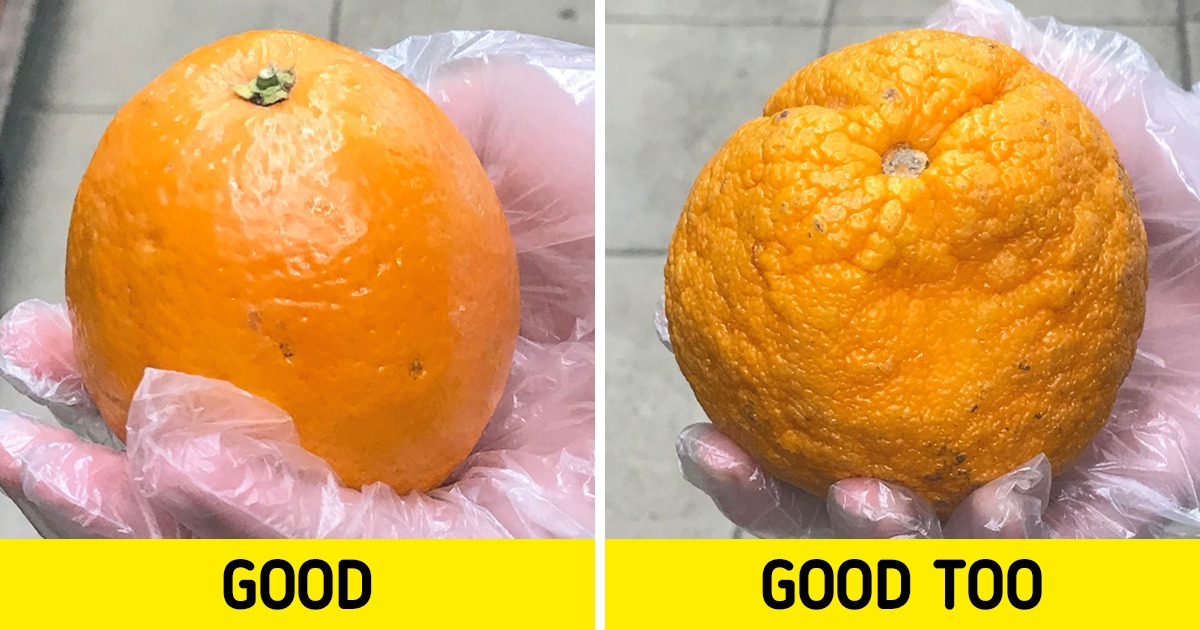
If you want to help solve food waste problems, there are many things you can do. And while most people already know that you can actually eat food past its expiration date (in some cases) and that composting is part of the solution, if you want to tackle the issue seriously, you might want to take more drastic measures.
So 5-Minute Crafts came up with a list of things you can do to cut down on food waste at home.
1. Before shopping
While it might seem obvious, planning is key to reducing food waste at home. Planning your meals on a weekly basis will not only help you save money and time, but you’ll actually end up eating healthier. Here are some planning tips so that you can buy only what you’ll need and use.
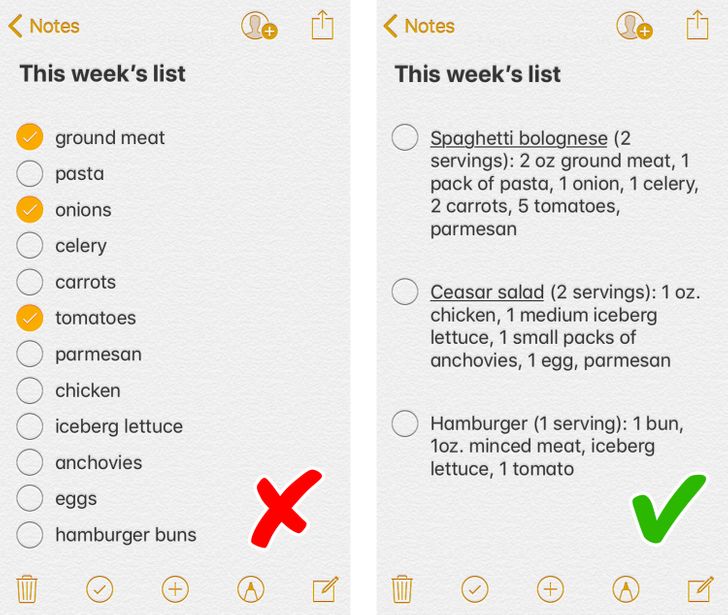
- Keep a list of meals and their ingredients: This sort of homemade recipe book will help you choose your meals for the week easily, plus you can know in advance what ingredients you’ll need and in what quantity.
- Make a smart shopping list: Take a moment to plan your meals and make a list of what you’ll need so that you can shop for specific ingredients with meals in mind. That way, you’ll use what you bought and stay away from compulsive buying. While you’re at it, plan on buying ingredients that can be used for different dishes. Don’t forget to include quantities on your list, not just in terms of ingredients (for example: 5 oz. of canned tomatoes) but also in terms of meals (for example: Bolognese, 2 servings).
- Plan your food according to your schedule: While you don’t have to plan all your meals, it’s good to keep in mind that you might want to eat out some days, so you won’t have to buy ingredients you won’t use. Also, realize that your menu might change depending on your weekly activities: you might not feel like cooking on the days that you go to the gym after work and get home late.
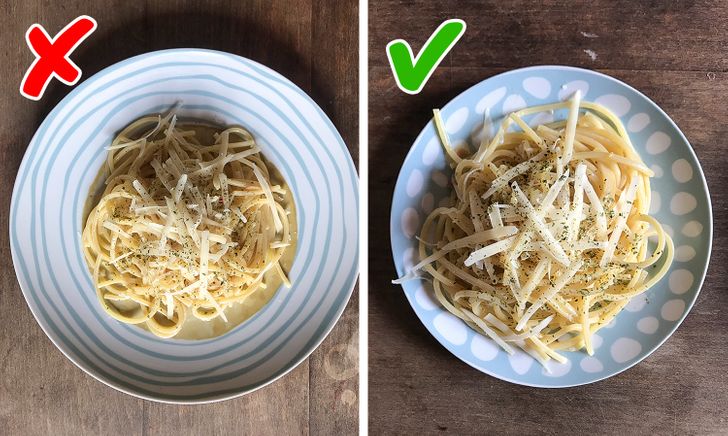
- Plan a leftovers meal: If you have any ingredients left to make a sort of smorgasbord, or if you prepared a bigger portion and saved it, or if you brought home any restaurant leftovers, plan some time to eat them.
- Look for what you still have at home: Before adding an ingredient to your list, have a quick look at your fridge, freezer, and cupboards to avoid buying something you already have. You can do this once a week, just so you know what you have there. Look for ingredients that are about to go bad and incorporate recipes including these into your planning.
- Stay away from oversized plates: Making sure your plate is the right size can help trick you into eating smaller portions and wasting less food.
2. When shopping or eating out
Supermarkets and restaurants resort to all sorts of techniques to make you spend more and even to lure you into buying things you don’t need. This could lead to food waste, which is why it’s important to reshape the consumer’s environments. But even while this happens, there are things you can do as a consumer to reduce food waste in your household.
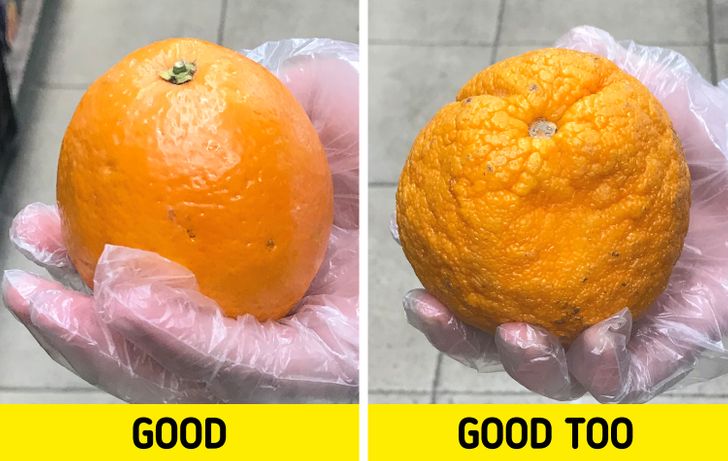
- Stick to your shopping list: All of your prepping from step 1 won’t be worth the time if you don’t stick to your list.
- Eat before going to the supermarket: Going hungry to the supermarket is a recipe for disaster. When you’re hungry, you tend to loose self-control, especially if you’re surrounded by food. It can make you buy more stuff in general and even more junk food and sweets.
- Purchase “ugly” fruits and veggies: These products are often left behind, but the fact that they don’t look perfect doesn’t necessarily mean that they’re rotten or even damaged. Sometimes you’ll even get a discount when buying them.
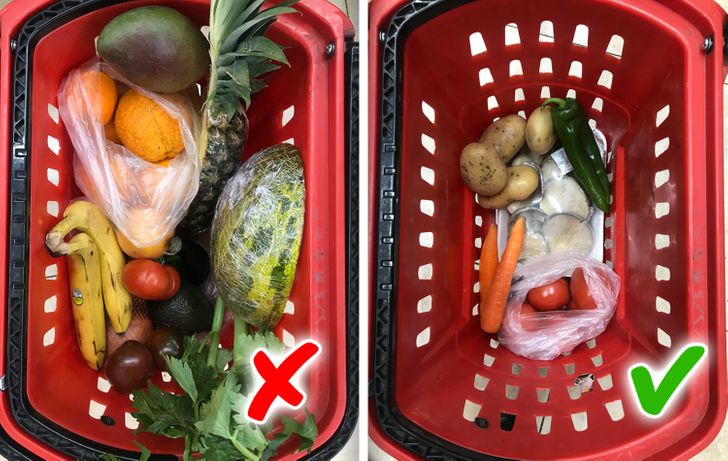
- Avoid buying in bulk: Stick to what you need, no matter how attractive a promotion might seem. This is especially true for fresh ingredients and products with a limited shelf-life.
- Ask for takeaway boxes: When eating out, try to order smaller portions. If there are any leftovers, ask for a doggy bag to take the food home.
- Mind the dates: Look for food with the longest use-by date and fresh foods that can be frozen.
3. In the kitchen: Storage and Prep
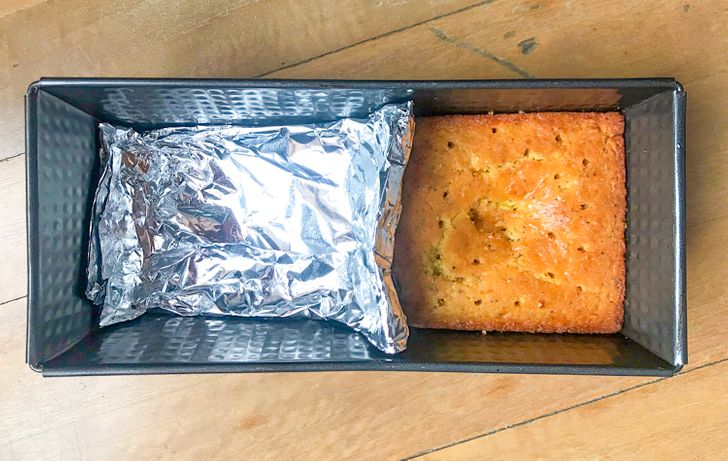
- When you get home from the store: Take the time to wash, dry, chop, dice, slice, and place your fresh food items in clear storage containers for snacks and easy cooking. Don’t leave any perishables out at room temperature for more than 2 hours. If the temperature is above 90°F, food shouldn’t be left out for more than one hour.
- Avoid “overpacking”: Cold air must circulate around refrigerated foods to keep them properly chilled.
- Measure your portions: Reduce waste by cooking only the amount you need. If you’re baking something, you can use aluminum foil to “downsize” your baking dish.
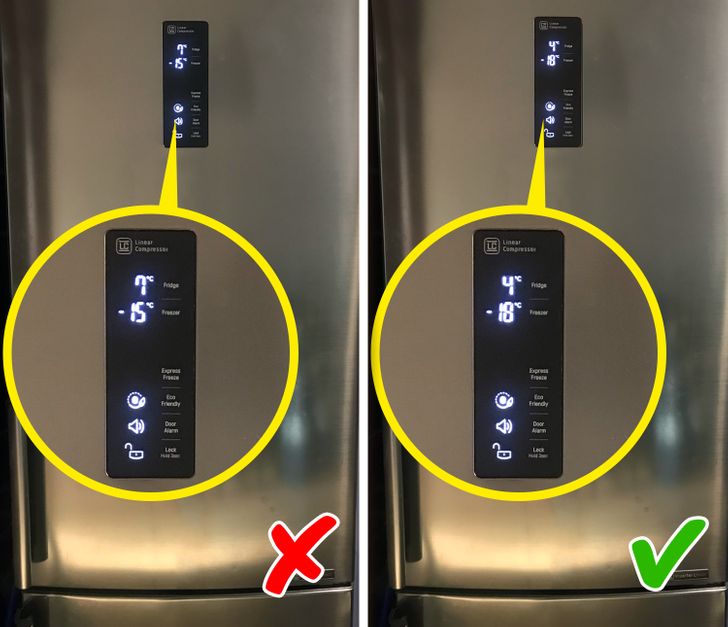
- Wipe up spills immediately: This not only reduces the growth of Listeria bacteria, but it also helps in preventing bacteria from spreading from one food to another.
- Use your freezer: Freezing is a great way to prevent leftovers and some fresh products from going bad until you are ready to eat them. The temperature of your freezer should be 0°F (-17.7ºC) or below.
- Check the temperature setting of your fridge: Use a refrigerator thermometer to be sure the temperature is at 40°F (4ºC) or below to keep foods safe. Remember, not all foods should be kept in the fridge, make sure to check what the best storage method for each product is.